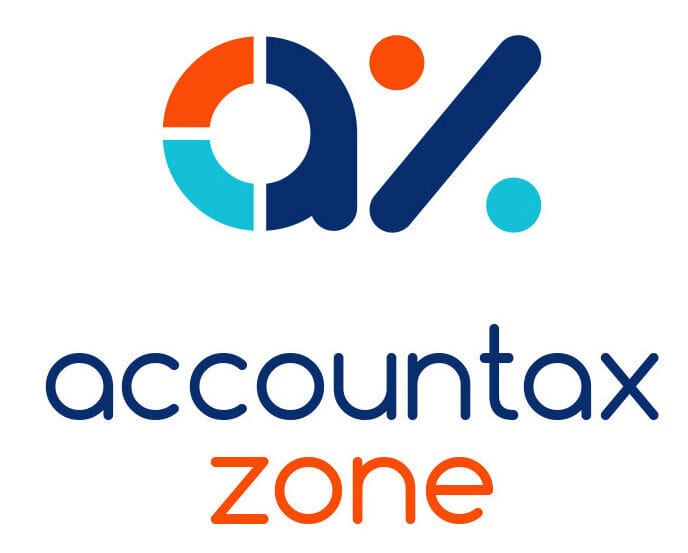A person who buys a new home from a property developer does not have to pay VAT on it as the sale is zero-rated. However, a person who builds their own home does not benefit from the zero rating. The VAT DIY housebuilders scheme aims to level the playing field by allowing people who build their own houses to claim back VAT on building materials purchased in the course of the build.
A DIY housebuilder can benefit from the scheme if they have planning permission to:
- construct a new dwelling to be used as a family home for residential or holiday purposes by the DIY builder or his or her relatives;
- buy a new building as a shell from a developer and fit it out to completion for use by the DIY builder or their relatives as a family home for residential or holiday purposes.
Refunds under the scheme cannot be claimed if the property has been constructed under a planning condition or similar and cannot be sold or used separately or where the property is to be sold, let or used as a business rather than lived in by the DIY housebuilder or their relatives.
Evidence of planning permission
To claim a VAT refund, it is necessary to provide evidence that the works are lawful. To this end, the claimant must send a copy of full planning permission, outline planning permission and approval of reserved matters or permitted development rights, such as a local development or neighbourhood development order. Where the planning permission is in two parts, both parts must be supplied. If it is subject to a Section 106 Agreement, this too must be sent. As documents are not returned, copies should be sent, not originals.
No need to do all the work yourself
To benefit from the scheme, the DIY housebuilder does not need to do all, or indeed any, of the work themselves – they can employ builders and other tradespeople. The refund can be claimed on the eligible goods that the DIY housebuilder buys and gives to the builder/tradespeople to do the work.
Rate of VAT
VAT is charged at the standard rate of 20% on most building materials by suppliers. However, contractors will charge VAT at the same rate as the services they supply. As the zero rate of VAT applies to the construction of a new qualifying property, building materials supplied by the contractor will also be zero-rated.
Claim limited to building materials
A refund claim can only be made in respect of the VAT on building materials. The VAT on items such as fitted furniture, most electrical and gas appliances, carpets, underlay and tiles, garden sheds, greenhouses and ornaments, plant, tools and equipment, consumables not incorporated in the building (such as sandpaper and white spirit) and building land cannot be reclaimed.
You may also like to read: Relief for replacement domestic items
Amount of the claim
It is important that only the VAT actually incurred is reclaimed. This will normally be shown on the invoice. Where VAT has been charged at the standard rate, the VAT element is one-sixth of the total amount. There will be no VAT to reclaim on items where VAT is charged at the zero rate or where the supplier is not VAT-registered.
A record must be kept of all invoices, bills, credit notes and other documents which support the claim. These must be recorded using the schedule of invoices template (see further guidance at VAT Refunds for new builds – if you’re a DIY housebuilder).
Making the claim
For builds completed on or after 5 December 2023, only a single claim can be made under the scheme and this must be made within six months of completion. The claim can be made using HMRC’s online service or using form VAT431NB.
For online claims, HMRC should supply a claim reference number within two weeks and process the claim within three weeks from the date on which all information was received. Postal claims will take slightly longer. HMRC will write and let the claimant know if the claim was successful and when the refund will be paid or if it has been rejected or not paid in full, and why. Where this is the case, the taxpayer can ask HMRC to review the decision or they can appeal to the tribunal.
Partner note: VATA 1994, s. 35.










